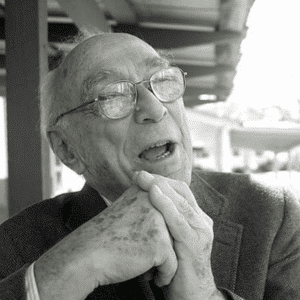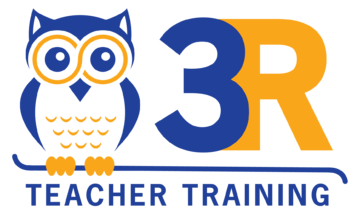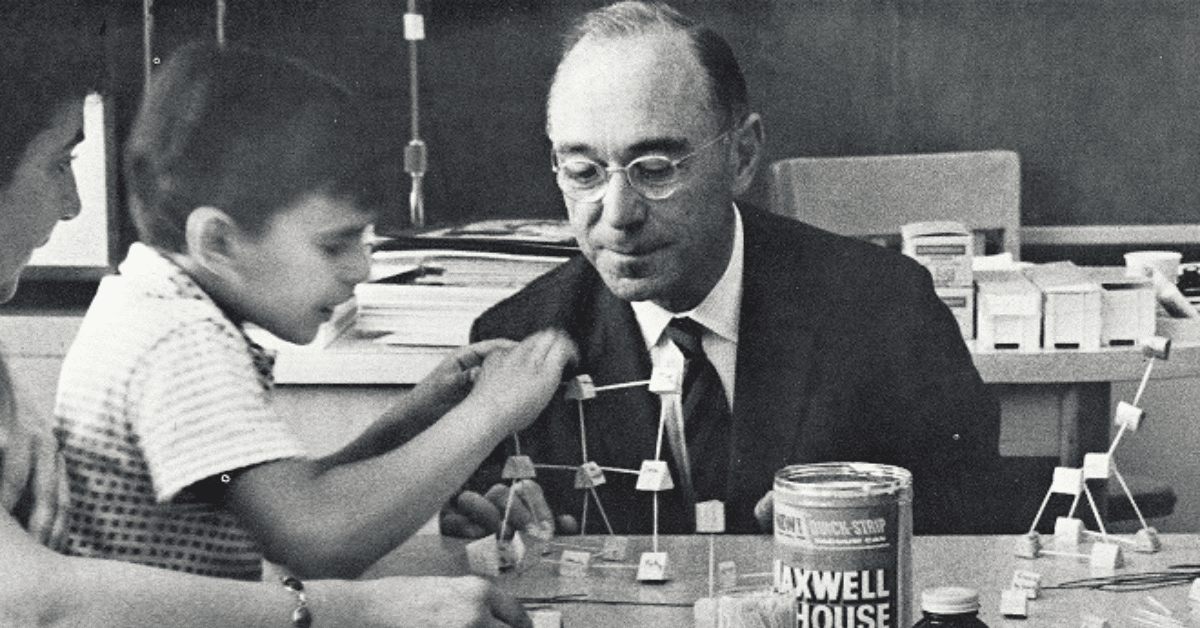 If you were to walk into any math class in Singapore, you would most certainly see the teacher introducing new topics with concrete materials before moving on to more visual and abstract representations of the concept. You would also see them connecting those ideas to prior learning, as they know this facilitates more profound understanding and more durable recall. These instructional strategies are part of what makes Singapore a world leader in mathematics education. In fact, the Ministry of Education must approve all textbooks that Singaporean schools adopt, and they will not accept any book that does not follow the C-P-A approach to instruction (Concrete – Pictorial – Abstract). Although many researchers recognize the importance of these approaches, Jerome Bruner was one of the original pioneers in their development, and he has greatly influenced the way Singapore has educated its students in mathematics over the past 30 years.
If you were to walk into any math class in Singapore, you would most certainly see the teacher introducing new topics with concrete materials before moving on to more visual and abstract representations of the concept. You would also see them connecting those ideas to prior learning, as they know this facilitates more profound understanding and more durable recall. These instructional strategies are part of what makes Singapore a world leader in mathematics education. In fact, the Ministry of Education must approve all textbooks that Singaporean schools adopt, and they will not accept any book that does not follow the C-P-A approach to instruction (Concrete – Pictorial – Abstract). Although many researchers recognize the importance of these approaches, Jerome Bruner was one of the original pioneers in their development, and he has greatly influenced the way Singapore has educated its students in mathematics over the past 30 years.
Bruner's Early Work – Four Themes
Bruner was most certainly a constructivist, and his work is centered on cognitive psychology, which forms the foundation of educational psychology. Four themes are seen in Bruner's early work: structure, spiral curriculum, intuition, analytical thinking, and motivation.
Bruner recognized that structure was crucial in students' learning. Students need structure in any subject to establish relationships and connect to prior learning. Without the structure of a lesson, knowledge cannot be transferred efficiently, and foundations for deeper and more abstract understanding cannot be built. When a student thinks of the structure of a subject, he or she is thinking about how the concepts are interrelated. They are encouraged to reflect on what they have been taught and become more metacognitive learners. Journal writing, expert questioning, and collaborative problem-solving are excellent examples of structure in a lesson and are seen in effective classrooms throughout Singapore.
A spiral curriculum is built on the idea that when teaching new topics, constantly revisiting basic ideas that were previously taught allows students to activate previously formed neural pathways, which in turn facilitates more practical understanding. Relating the new concepts and skills to prior learning allows students to understand and retain them more effectively. A spiraled curriculum is commonly misunderstood, and I’ll discuss it more in-depth later in this post.
Bruner felt that intuition is significantly undervalued in most classrooms. When someone is said to be an intuitive thinker in mathematics, generally, it can mean one of two things. If an intuitive thinker is asked a question, they can provide a quick answer for which there can be many solutions. He or she is quick on their feet and deeply understands their discipline. As a second definition, an intuitive learner solves problems and comes to conclusions readily. Oftentimes, these solutions are reached, yet they can not explain how they arrived at their answer. Analytical thinkers, on the other hand, arrive at their solutions through more planned and formal approaches. Although Bruner felt that intuition was undervalued and not developed well in early learners, he did not dismiss the importance of analytical thought. In fact, he felt the two complement each other. To learn something through diverse thought and exploration, followed by purposeful consolidation and formalization, is one of the most powerful approaches to learning. We see this lesson structure in the Anchor Task portion of Singapore’s 3 Part Lesson. Students explore a problem and try to solve the problem in as many ways as they can. After they are given time to explore, discuss, and debate, their instructor consolidates what they learned during a class discussion of the problem.
In his writings on student motivation, Bruner felt that a student’s interest in a topic is the best motivation for learning. This can be challenging in mathematics as many of the skills students learn are part of a larger mathematical construct and therefore it can be difficult to attach purpose to their learning. Effort should be made during instruction to create interest whenever and wherever possible. However, it should be noted that he was adverse to competitive motivations such as ranking, goals and extrinsic rewards.
Bruner's Later Work – Language and Learning
In his later works, Bruner was significantly influenced by Vygotsky and changed his direction from the intrapersonal approach to learning towards a more social and political approach to learning. In this approach, Bruner argued that cognitive function is supported largely by language and therefore, the social setting should enhance the acquisition of language in students. Subsequently Bruner focused on the influence of society on cognitive development with a special emphasis on the mother-child relationship (Takaya, 2013). What emerged from this work are the beginnings of Bruner’s larger contributions to education, which is the predisposition of children to learn and the teacher’s need to pay close attention to the sequence and structure of the content they are teaching. This later evolved into the “Concrete – Pictorial – Abstract” approach to teaching that has become central to all mathematics classrooms in Singapore.
Classroom Implications of Bruner’s Work – CPA and Spiral Curriculum
Although Bruner’s contributions to mathematics education are many, there are three that emerge and have come to be cornerstones on Singapore’s classrooms and their philosophy of education.
To begin with, instruction should be personalized. In essence, this is because different children develop cognitively at different rates, and the preferred mode of representing information also differs (Dimitriadis and Kamberelis, 2006). These differences make it crucial for instructors to adapt their teaching methods in mathematics to the diverse needs of learners. It is important to understand that this does not necessarily mean that the teacher needs to vary content to leveled groups of learners within a single class. But rather it means that the mathematics taught should be accessible to all. Individual concepts should be able to be grasped by all students in a class at a basic level, and the teacher should be able to extend these concepts for those who are developmentally ready to deepen their learning.
Another implication is that mathematics instruction should be properly structured over the course of a child’s education. Structuring, or the lack of it, can determine the outcome of the learning process in students. This is the foundation of a true spiral curriculum. I have found that the concept of a spiral curriculum is one of the most commonly misunderstood among educators. It is best to begin by discussing what a spiral curriculum is not. Concepts that are taught are not retaught every year. They are not even reviewed without purpose. When teaching a spiral curriculum new concepts are connected to prior learning. They are not re-taught discreetly and without a deliberate attempt by the teacher to build new learning on top of them. Cognitive scientists have long stressed the follow of connecting new learning to old to deepen understanding and increase retention. This is theory that lies at the core of a spiral curriculum. Reteaching will only serve to crowd a curriculum and compromise effective learning. Students will inevitably be taught at pace that is too quick, understanding will be shallow at best, and retention will suffer.
Finally, and arguably most importantly, Bruner suggested that new mathematical concepts should be presented to students using three sequential modes of representation namely; actively, iconically, and symbolically respectively (Bruner, 2009). This was to become the famous “CPA Approach” to teaching mathematics that is a cornerstone in Singapore’s classrooms (Hoe, 2009). The procedure accommodates the various manners by which information is captured in a learner's memory. The use of this three-step approach helps students to develop a concrete understanding of mathematical concepts.
Concrete representation is an embodiment of enactive learning and is obtained obtained through objects, manipulatives and various other approaches to introducing concepts. Using colored balls to introduce probability concepts would be an example of a concrete approach. Pictorial representation embodies iconic learning. Hoe (2009) asserted that this is where students apply the concepts they have learned by relating them to pictorial or diagrammatic representations. In the example of probability, this can be done by having students create probability trees. Abstract methods are used in the symbolic stage. In essence, this is where a student is taught how to present and solve problems using mathematical notations.
The use of the CPA (concrete-pictorial-abstract) approach has been extolled for developing students' mathematical capabilities in a way that doesn’t require rote procedures, formulas, or algorithms. This method, developed from Bruner's work, makes learning mathematics more interesting and builds a strong foundation for a student to be able to reason mathematically.

